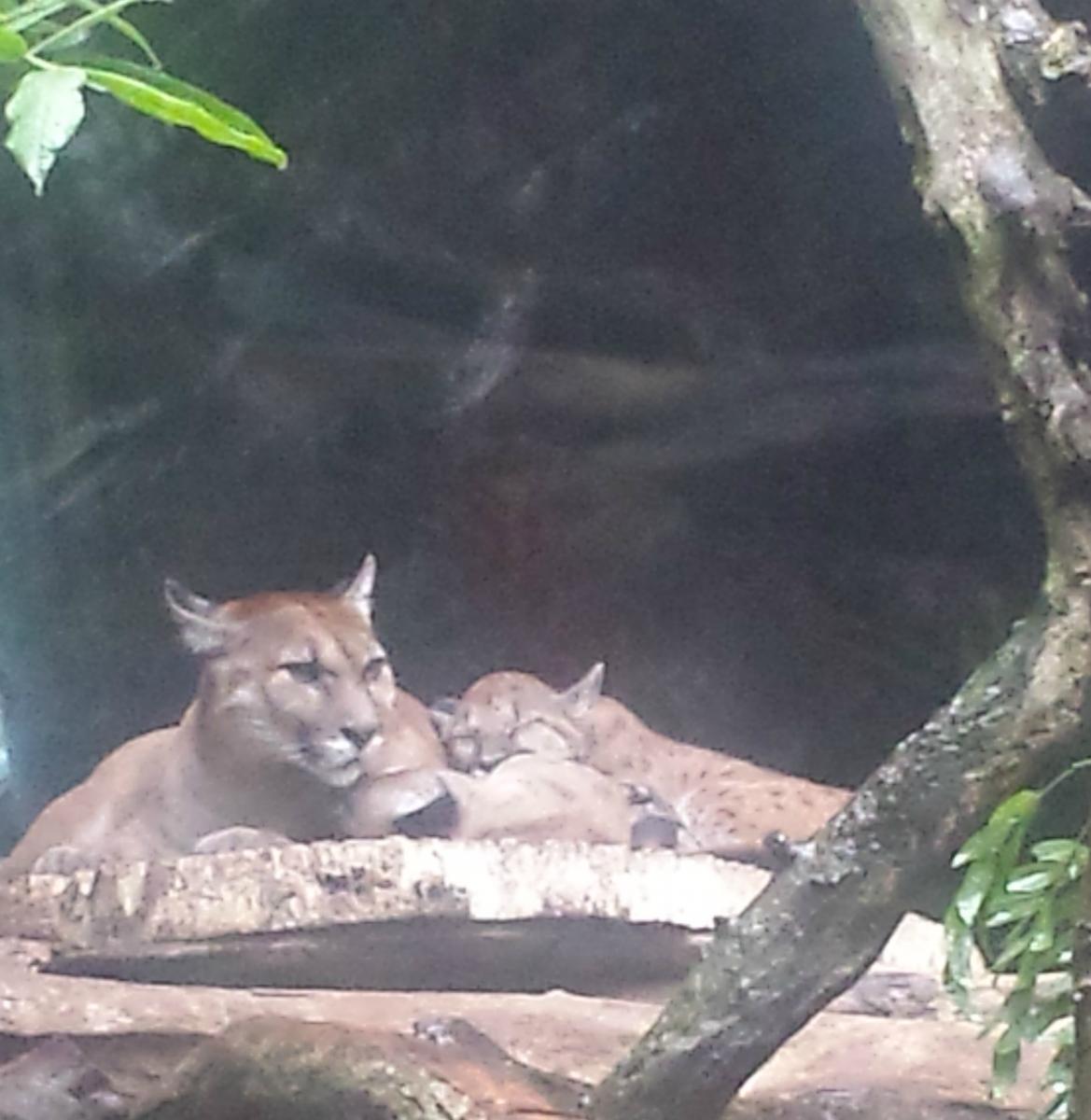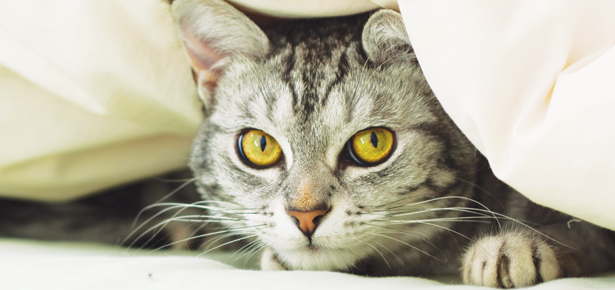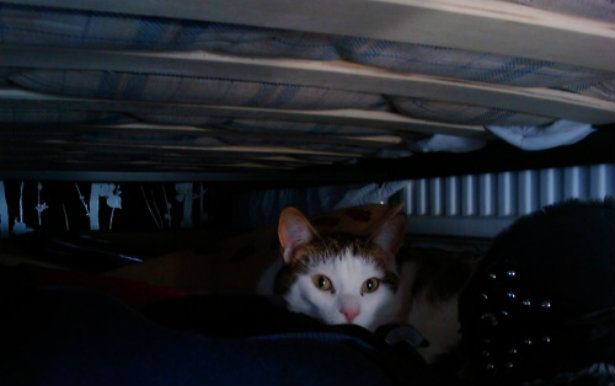

The Big Little Cat that Purrs
What cat species doesn’t roar, but can jump 16 feet in the air, and hunt deer and peccaries? Well, you better guess right if you live in the Americas because it also has the largest geographic range of any terrestrial mammal in the Western Hemisphere. The cougar, also known as the mountain lion, puma, catamount and by other names, is a recognizable cat in photos and in documentaries, but it is rare to see in the wild.
I recently searched for the Costa Rican (Central American) subspecies, which goes by the common name Puma concolor costaricensis. These tropical cougars are smaller than their North American cousins, but are no less fierce and agile. I will talk about them and their similarities to our domestic cats in my next book (the sequel to my last book, The Cat Whisperer) with National Geographic contributor Dr. Jordan Schaul.
According to the big cat organization Panthera (www.panthera.org), this subspecies of cougar, which is also found in Nicaragua, and Panama, is the subject of relatively few conservation efforts because conservationists have elected to spend more time and energy on the larger and more endangered jaguar.
Early in our wildcat research expedition in Costa Rica last month, we did see signs (tracks) of a puma and her cub while we were in the jungle setting camera traps (motion sensor cameras). On our last day in the private jungle reserve, our guide did catch sight of a male puma clawing a tree. The group was told to hit the ground and stay out of site! The puma then vanished into the dense forest. It was pure excitement for the group to finally be in the presence of a puma after hiking deep into the jungle for 8 days.
At the end of the trip, Dr. Schaul and I got an opportunity to visit the La Paz Waterfall Gardens and Peace Lodge. The facility is about an hour’s drive from the capital of San Jose and is home to an impressive collection of rescued wildlife ambassadors from toucans to jaguars. Their most recent display is of rescued jungle cats, including a cougar and her two kittens (cubs). They also featured rescued margay, ocelot and jaguars. It is one of the most impressive zoological parks I have visited and provides a great service by offering sanctuary to animals in need.
According to the website, “The center that previously housed these animals lost funding and had to close. The MINAE (the Costa Rican Ministry of the Environment) did not have the resources to care for the 35 felines so they were placed under the care of La Paz Waterfall Gardens. The cats were either very old, injured, or had been exposed to humans for too long to be released back into the wild. Our mission is to preserve the genetics of the wild cat species in Costa Rica.”
We also learned that the cubs will be returned to the wild, as will the offspring of any other animals at the rescue facility.
I’m always intrigued by how similar the behavior of large wildcats are to the little housecats that curl up in our laps. In addition to the puma having some serious claw marking behavior you just can’t miss in the jungle, these majestic cats, like the cheetah, also purr.
Check out Mieshelle Nagelschnider's clinic here!
Join the newsletter and never miss out on cat content again!
"*" indicates required fields
By clicking the arrow, you agree to our web Terms of Use and Privacy & Cookie Policy. Easy unsubscribe links are provided in every email.










